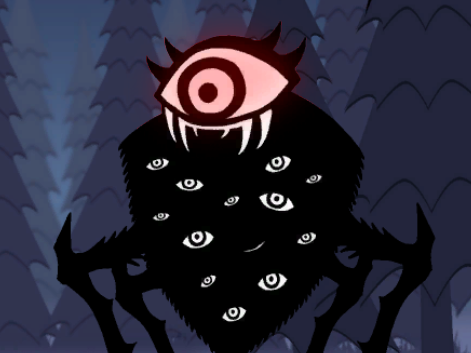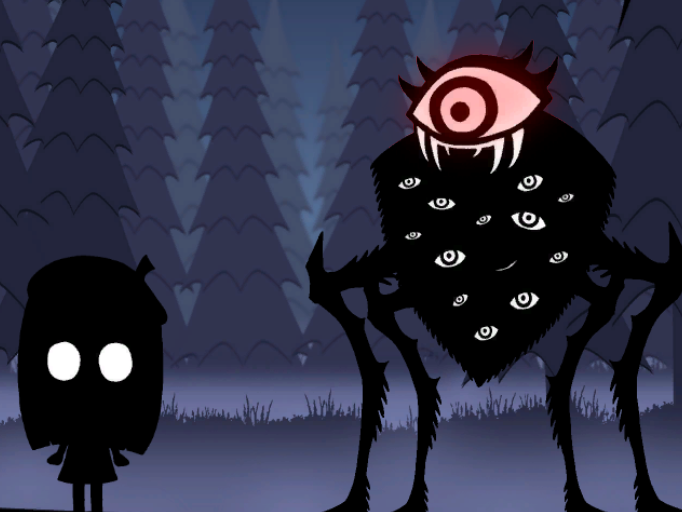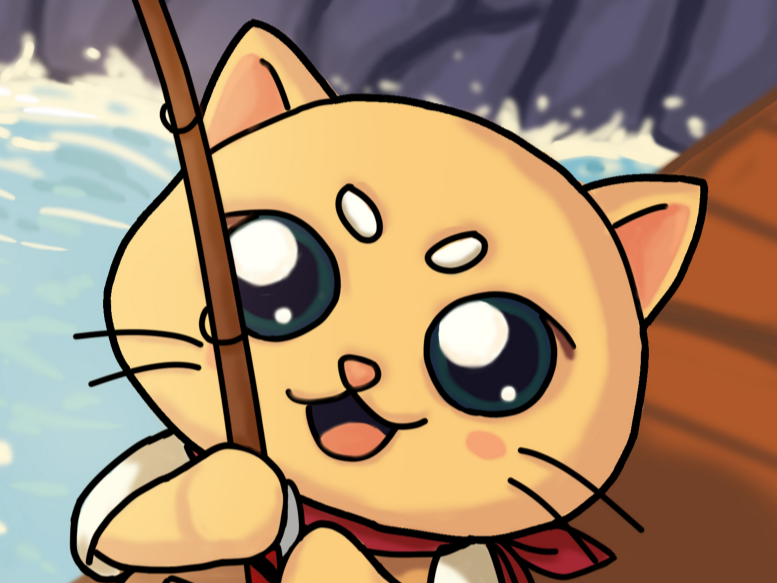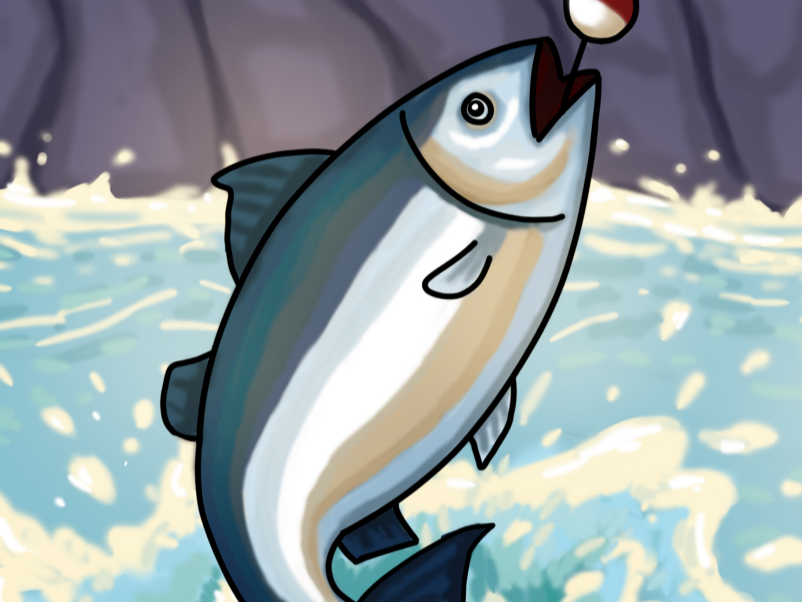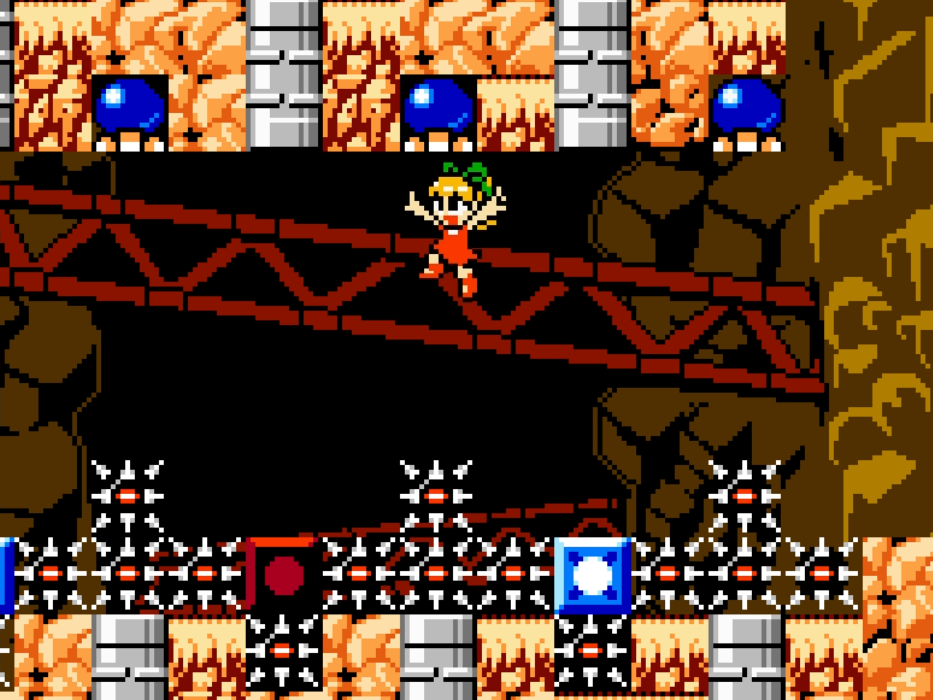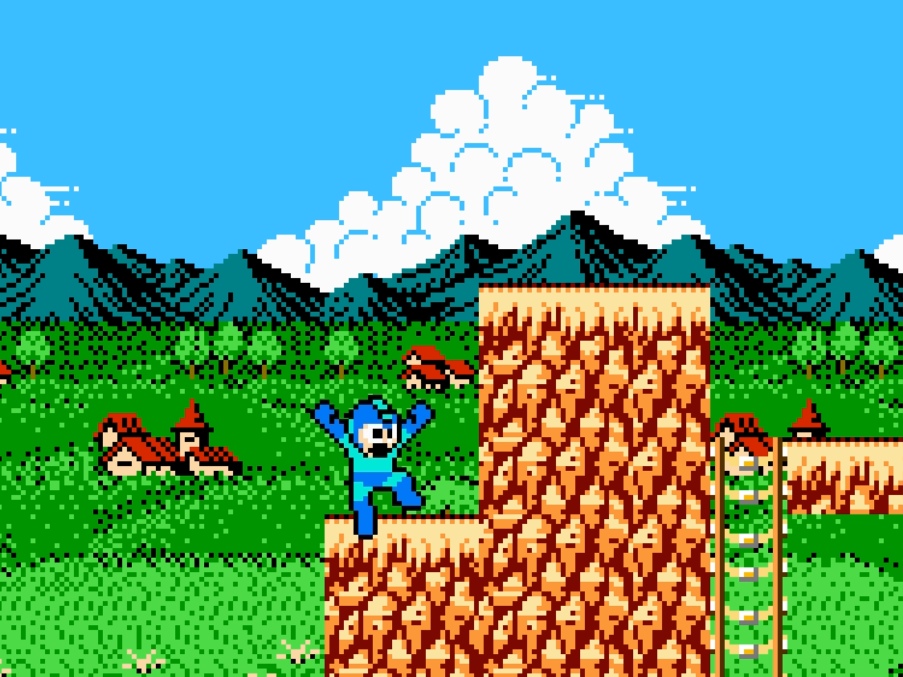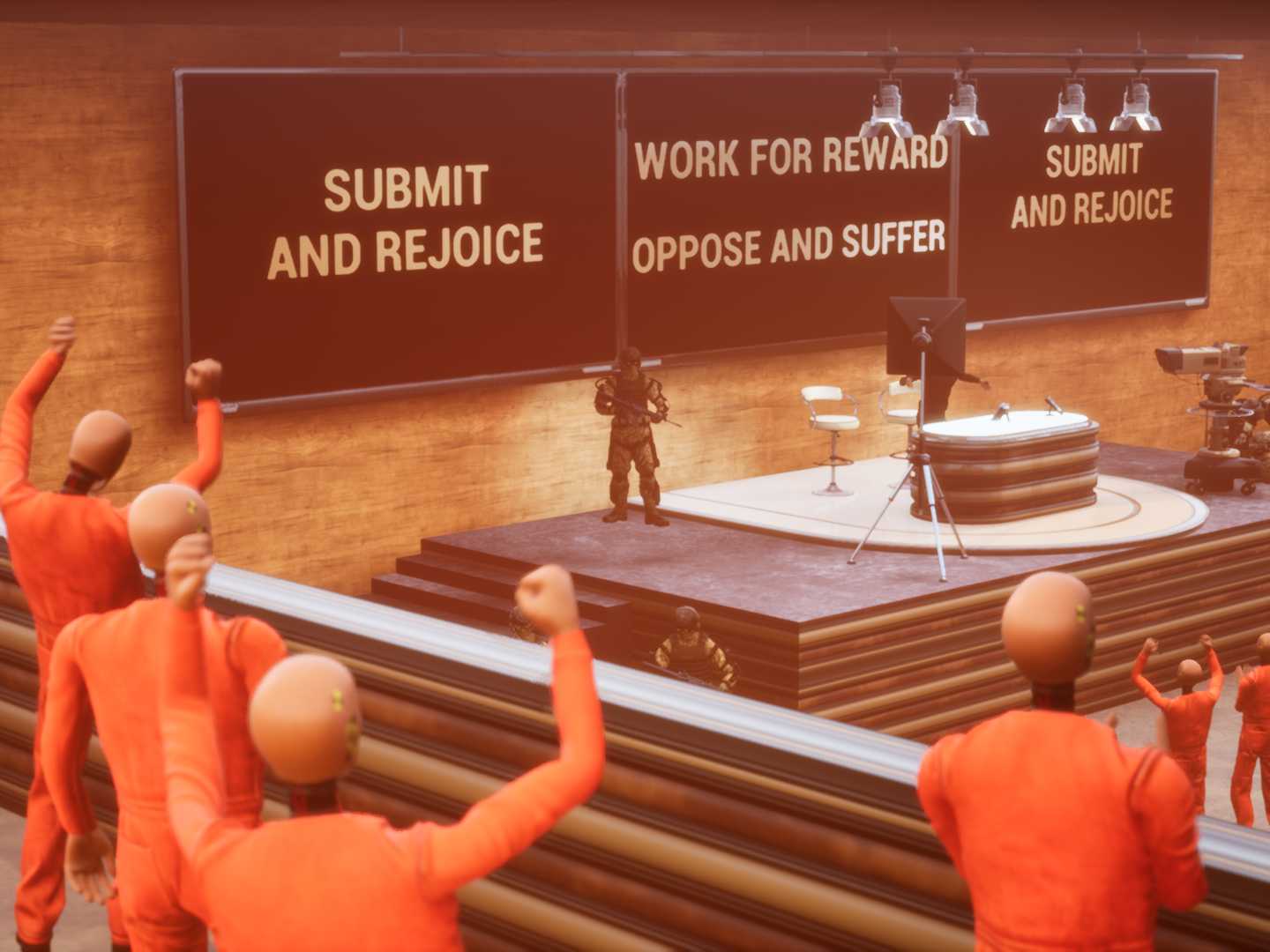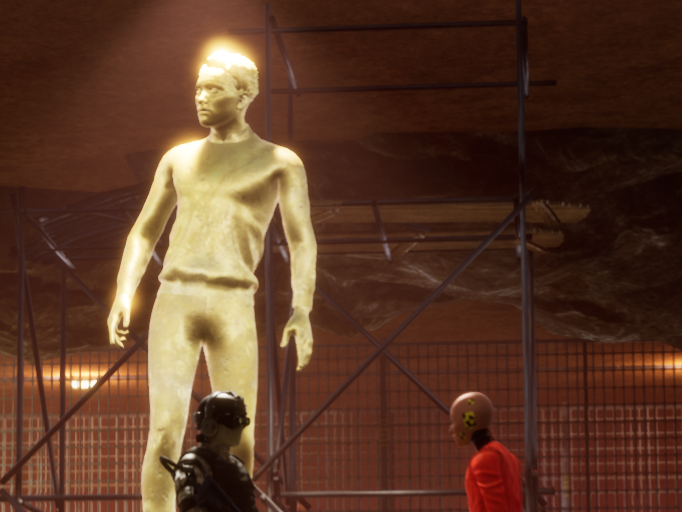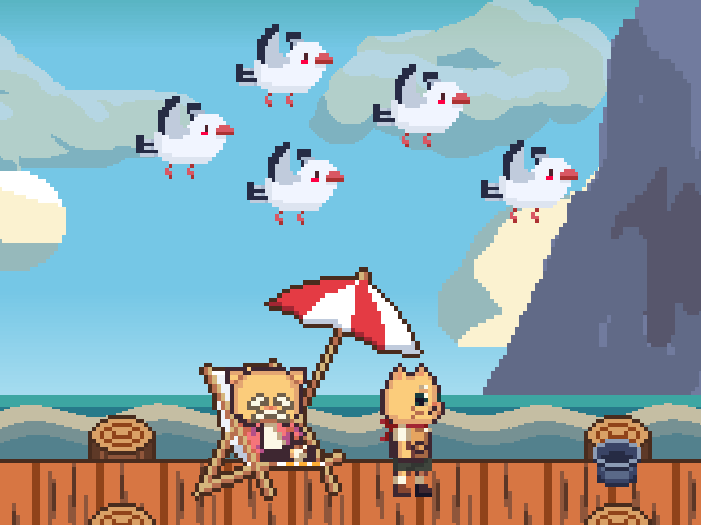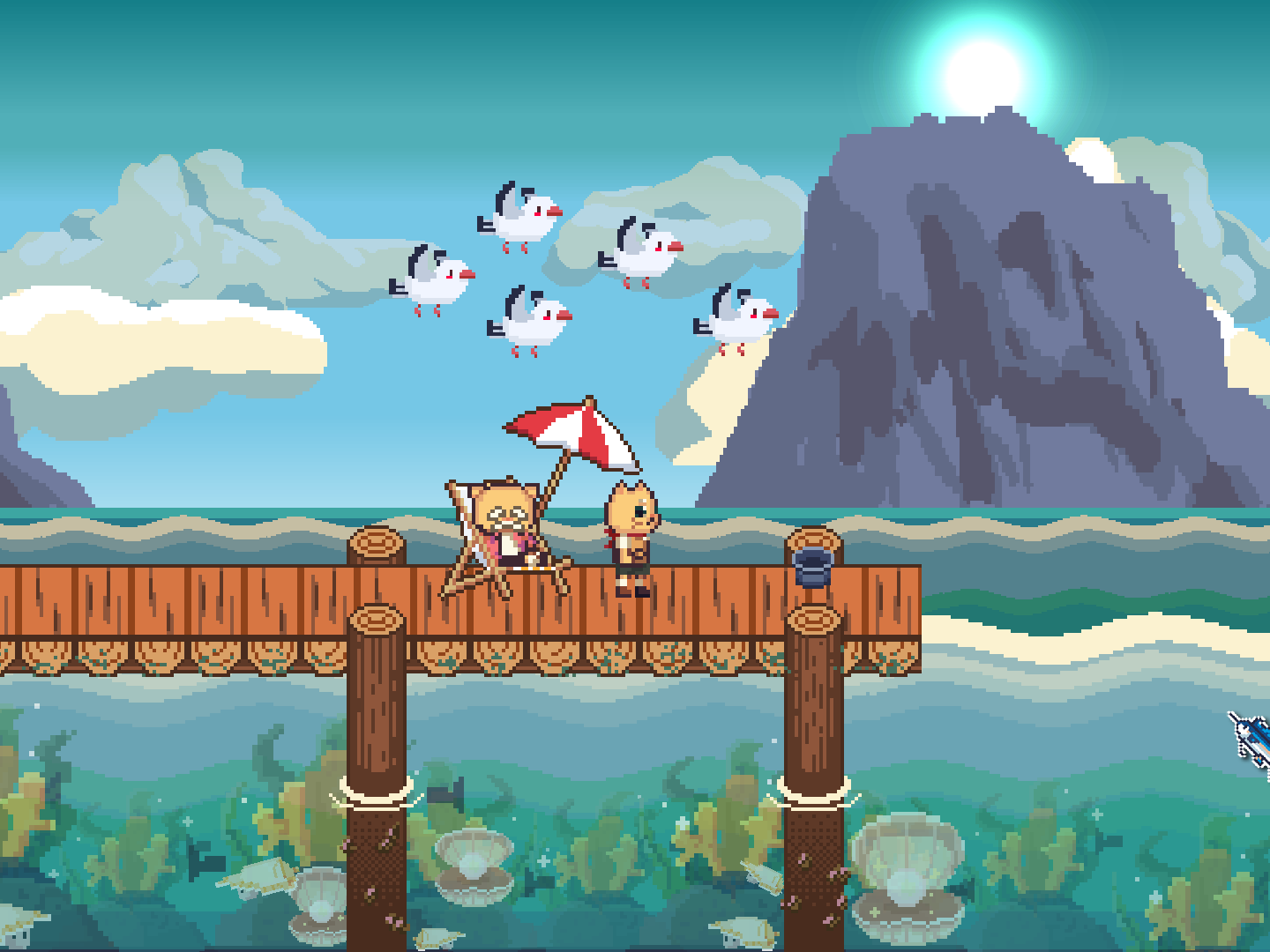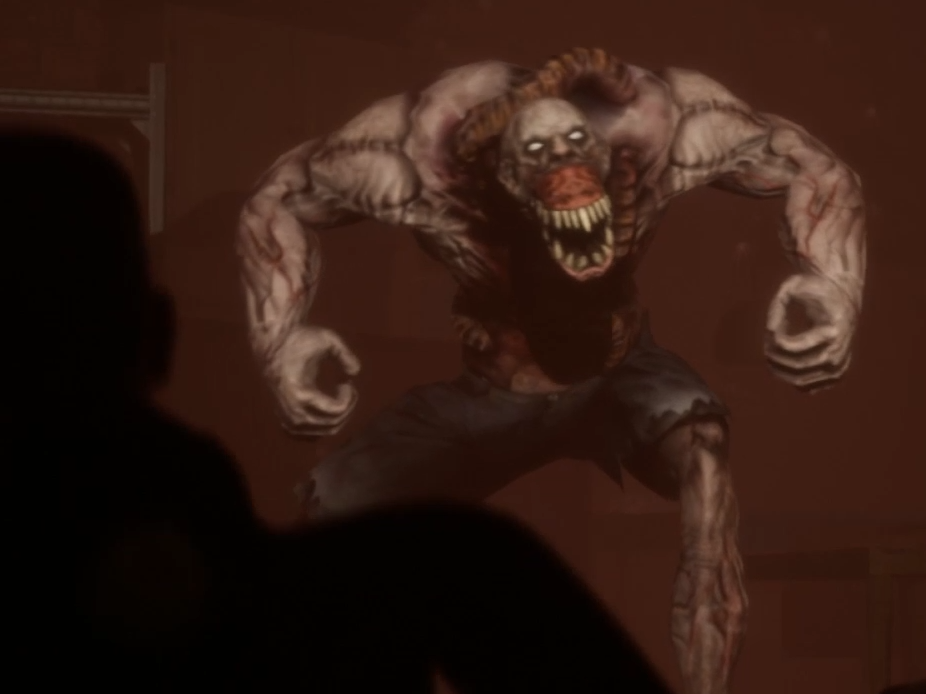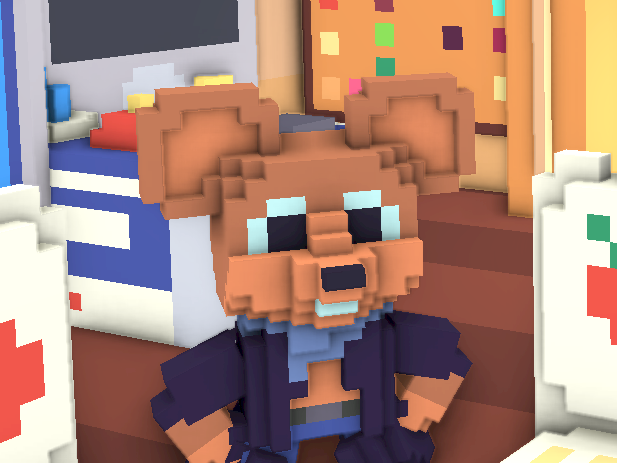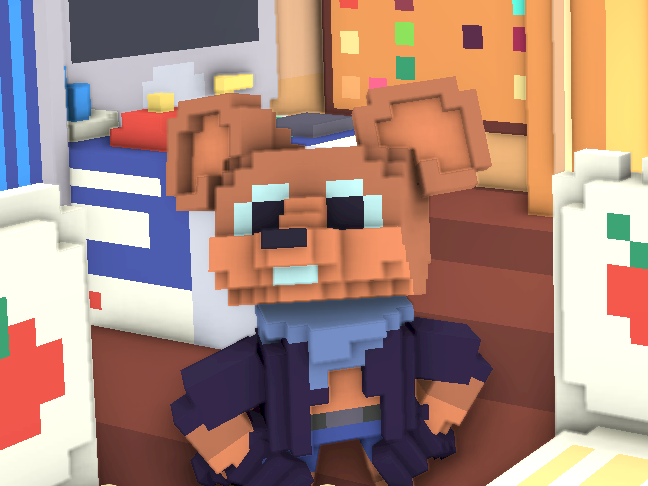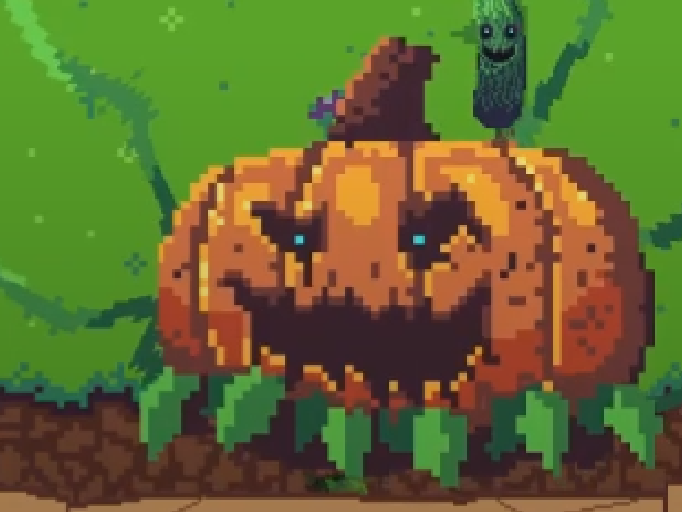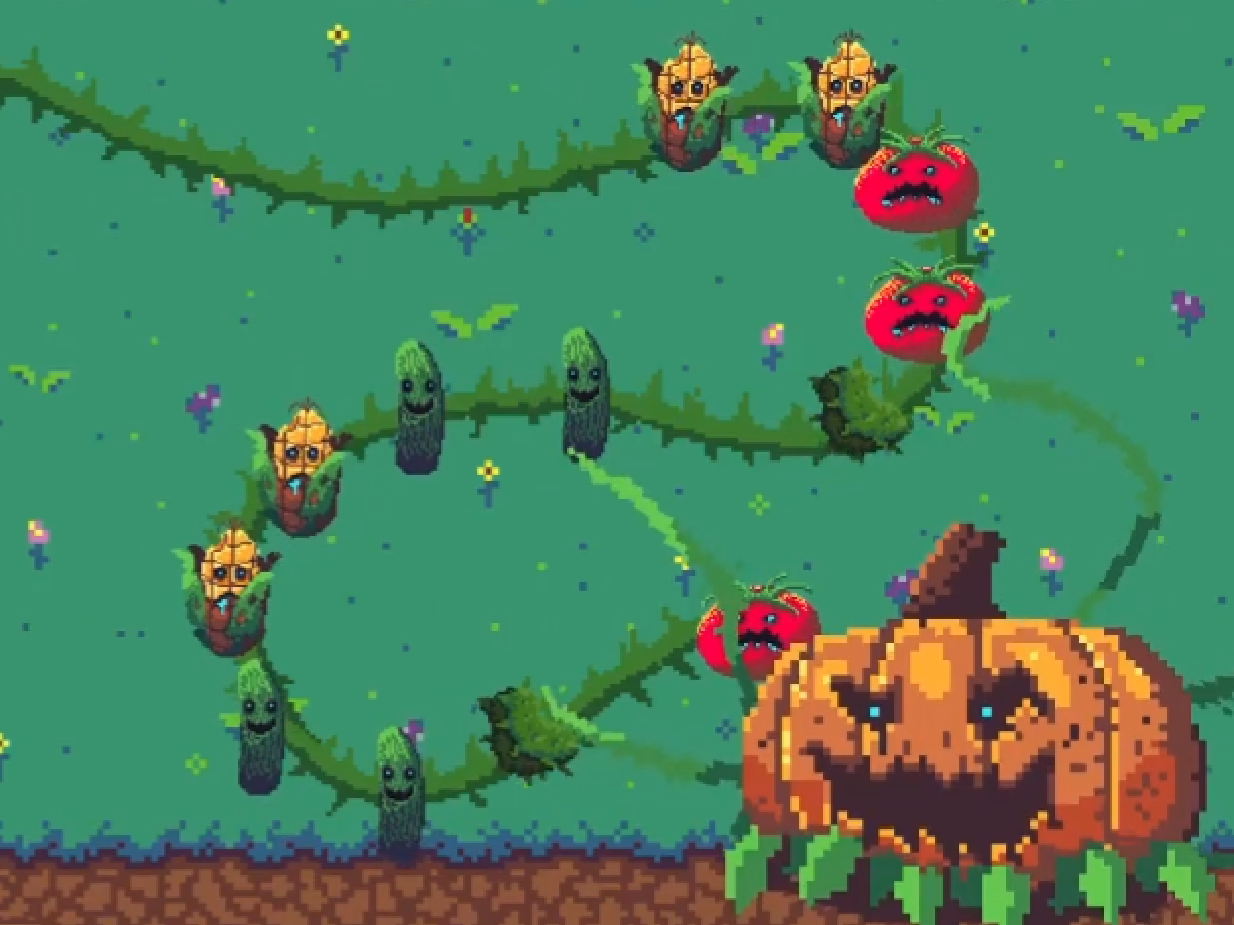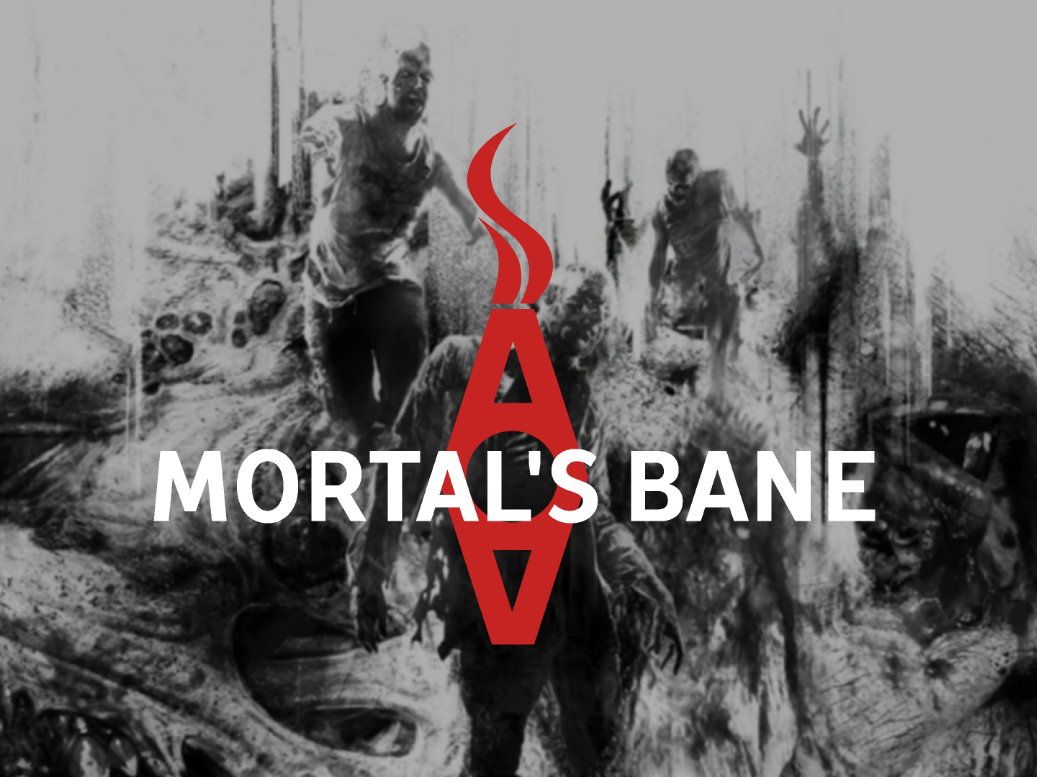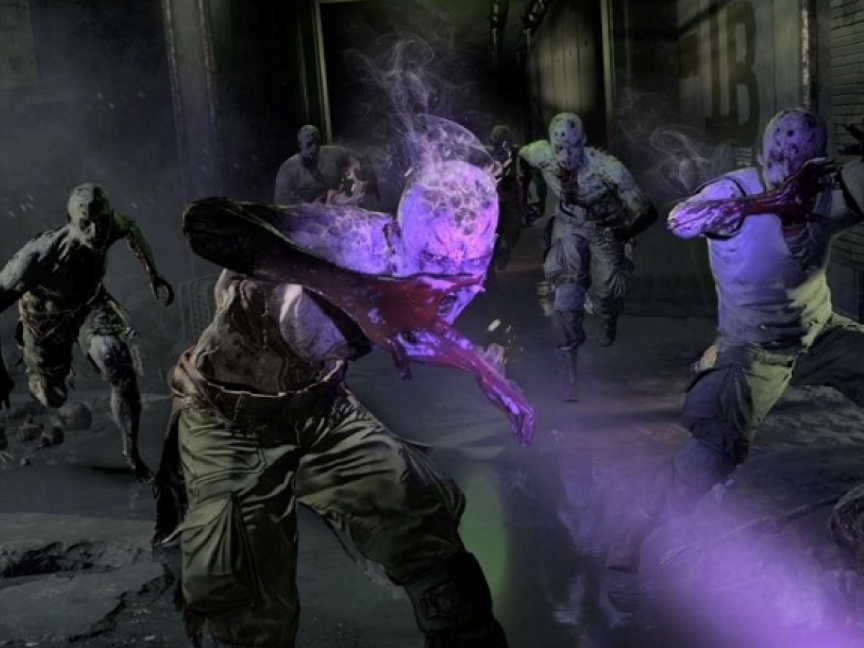Solo Project
Game engine: Unreal Engine 4
This is a series of mini projects created during one of my level design module at DigiPen.
The goal of these projects are to achieve a stronger grasp in designing levels with exposure to varying scenarios, rules and limitations.
Level: Jumping Puzzle and Metrics Fix
In the beginning, this level was presented with greyscale models and broken metrics such as oversized obstacles and unpassable jumps which made completing the level impossible. As such, this project had allowed me to practice the importance of game metrics and sticking to them when building a level. The result is fully textured map with standardized metrics for both jumping and jumping while sprinting. All areas of the map as well as puzzles were also redesigned and made accessible after re-scaling objects to their rightful size.
Level: Mini Maze
This level started out as a room which lacked basic elements. My job was to guide players to the end of the maze with object and elements found throughout the level. This was done with the help of lighting, color coded flooring and walls, as well as a ceiling pipe which ran through the safest route to the exit.
To make the maze a little more interesting, I had placed collectibles around the level that act as secondary objectives. They were strategically placed for players to spot easily, which encourages them to seek alternative routes to explore and reap the rewards.
Level: Briefcase Mission
This map challenges me to create a level to steal a briefcase and escape. With this mission objective at hand, my goal was to create interactions and puzzles for the player to solve before they reach the end goal of obtaining the briefcase.
This project had allowed me to apply the knowledge I had gathered from the Jumping Puzzle and Maze levels, such as sticking to a standardised game metric (jump height and distance) and providing short-term goals to keep players motivated.
Level: Shooting Range
This project was a test for me to combine everything I had learnt in the earlier projects with the addition of practice targets as a requirement. The player is now armed with a assault rifle which they would use for shooting at targets as they navigate through the map.
The shooting range I had created was scattered with both enemy and friendly targets that can be shot from a mix of close, medium, and far range. This will help to keep combat varied, along with the timer which test the player's reaction and speed. The map is segregated into several zones where the targets would appear for the player to take down. Elements from the pervious projects were also incorporated into the level to keep the level engaging, such as jumping through toxic goo hazards, as well as a bonus collectible.
Level: Combat Warehouse
As a enhancement to the shooting range level, the final project features robot enemies which are able to chase the player and attack at melee range, or shoot at the player from a distance. With active threats to deal with, the player now has the sole objective of making it to the exit in one piece.
I had designed this level to be in a warehouse so that I could simulate close and medium range combat, which I am always a fan of in first person shooters due to how intense they can get. With the use of lighting, color-coded walls, and enemies separated into different sections, my intention was to guide players using multiple means, which can act as complements to one another or as a safeguard should one of them fail.
Key Takeaways
A huge part of level design is about working with what is available rather than creating completely new solutions for existing problems. By building from the fundamentals and tapping on the players' natural instinct for curiosity, survival, and victory, simple elements can be arranged in a manner that encourage, motivate, and compel players to move forward, thus creating a level that is meaningful, engaging, and fun.
